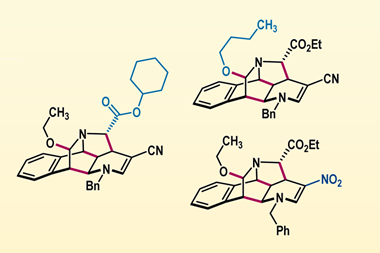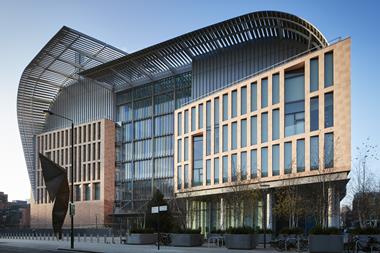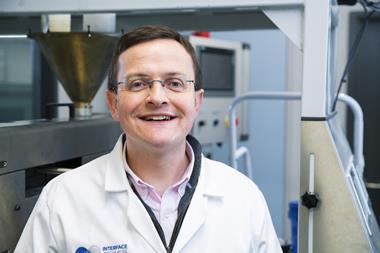Laser-activated metal nanoparticles kill cells without heating, opening the possibility of a precision 'nanoscalpel' for surgery on subcellular structures
Photothermal therapy - where tiny particles of a metal are introduced into a cell and heated by laser light to kill the cell - might not work in the way people think, researchers in the UK have discovered.
Mathias Brust and colleagues at the University of Liverpool have shown that laser-activated gold nanoparticles can kill a cell even when the laser energy is insufficient to cause an increase in temperature. The work could cause scientists to re-think previous assumptions about what were thought of as photothermal effects involving metallic nanoparticles.
The Liverpool team was seeking to use electron microscopy to pinpoint precisely how gold nanoparticles damage the internal structures of a cell when the particles are activated - and assumed to be heated - by laser. ’We repeated experiments that had already been reported in the literature and saw in the microscope that the cells were completely obliterated,’ explains Brust. This provided no clue about how the damage was caused, so the team gradually reduced the laser energy to a point where the cells remained intact and alive, but the gold nanoparticles had escaped from the cellular compartment - the endosome - into which they are encapsulated when they initially enter the cell.

’We can see clearly that the endosomal membrane becomes ruptured,’ says Brust. ’We initially assumed that the laser had heated up the nanoparticles so that they effectively melted the membrane. But when we did our calculations we realised that there was not enough energy to cause any rise in temperature at all.’ The team then calculated how much heat would be generated by the laser that had destroyed the cell, and found that this too was not enough to cause the damage they had seen.
Brust says that a search of the literature showed that there will often be a heating effect when the laser energy is particularly high or the particles are bigger or more concentrated, but in other cases lethal damage is caused when there would appear to be little heating. ’The important thing is that in photothermal therapy it seems likely that there are also non-thermal effects,’ says Brust. He suggests that the laser energy could cause the photoemission of electrons from the gold, which in turn generates damage-inducing free radicals.
It might be possible in the future, Brust speculates, to position gold nanoparticles on subcellular structures - DNA for example or membrane proteins - then activate them with low energy lasers to cause highly localised damage as a kind of ’nanoscalpel’.
Wolfgang Parak, who leads the biophotonics group at Marburg University in Germany, says that the work is exciting and important. ’In this field there are some contradictory publications and the present work nicely relates these findings,’ he says.
Simon Hadlington
References
Z Krpetic et al, Nano Letters, 2010, DOI: 10.1021/nl103142t






No comments yet